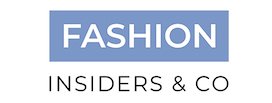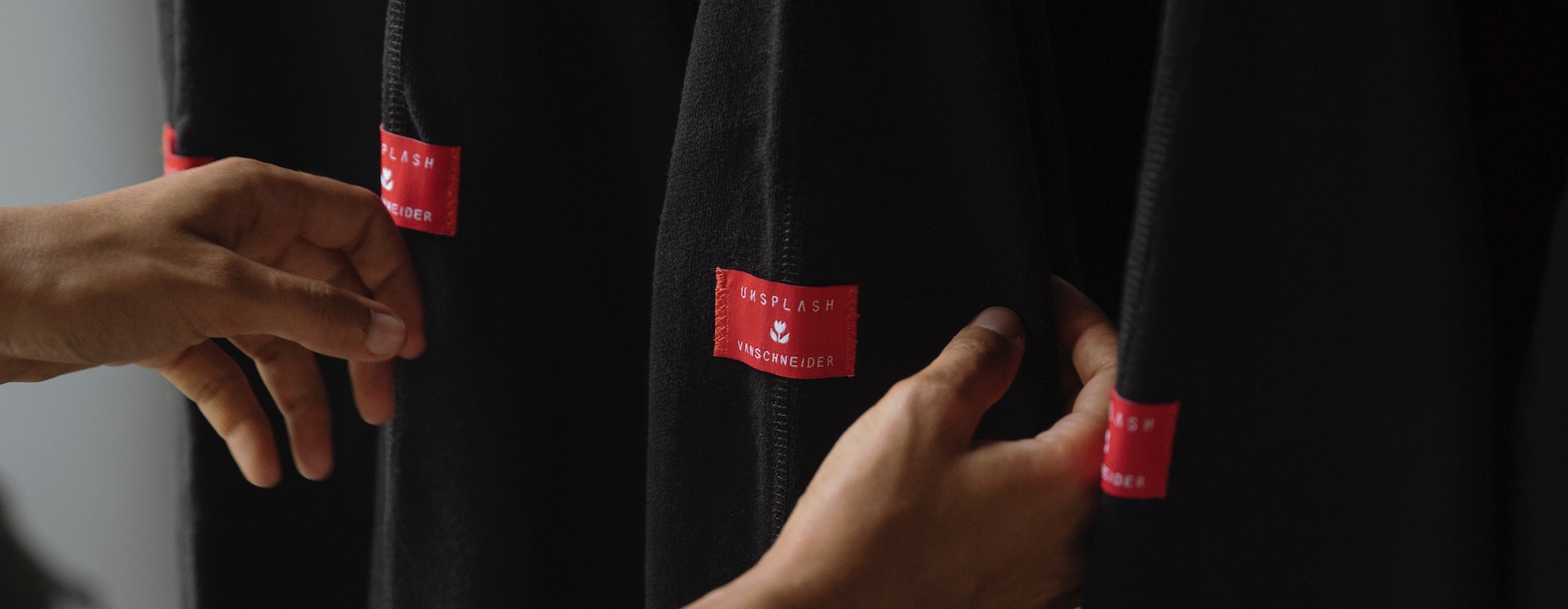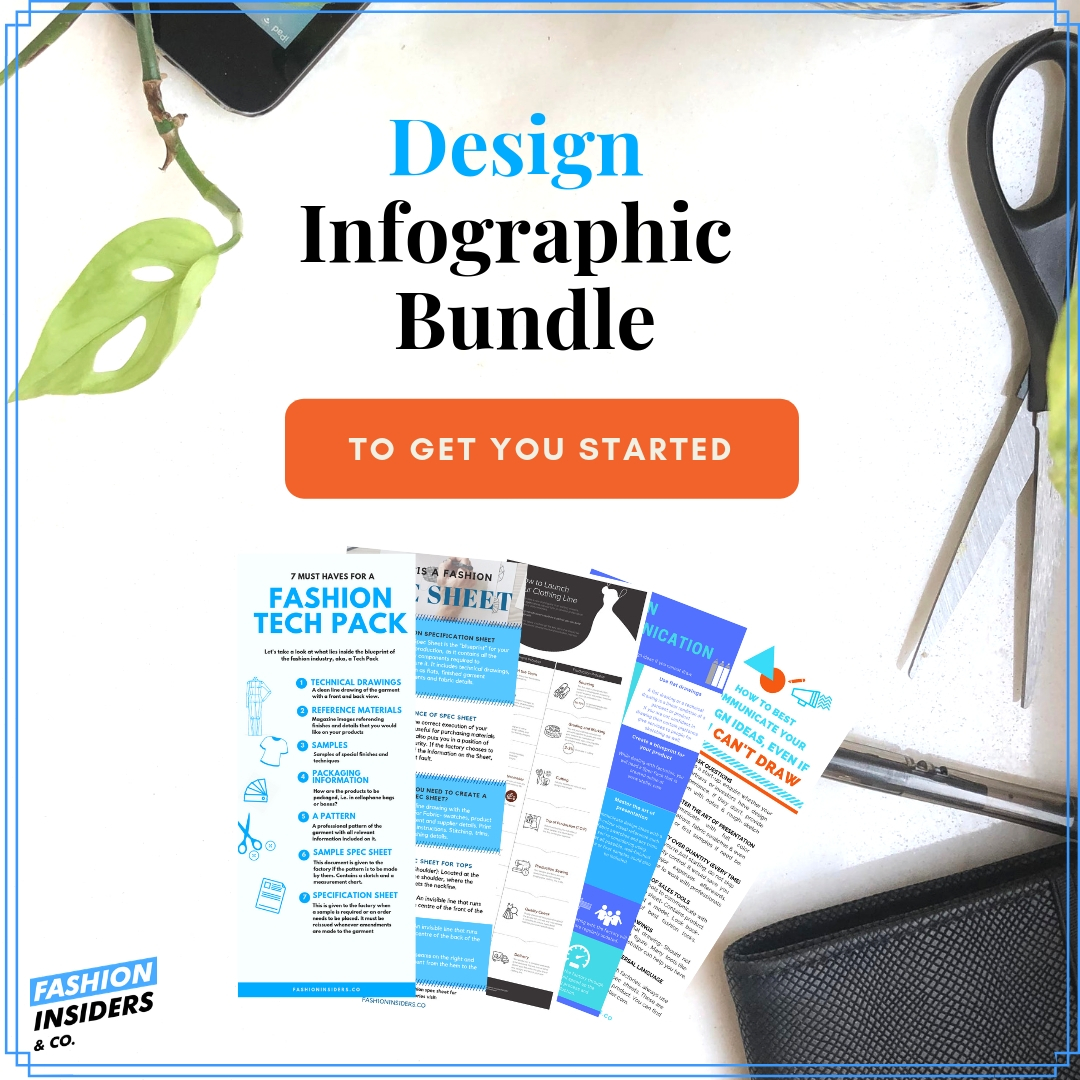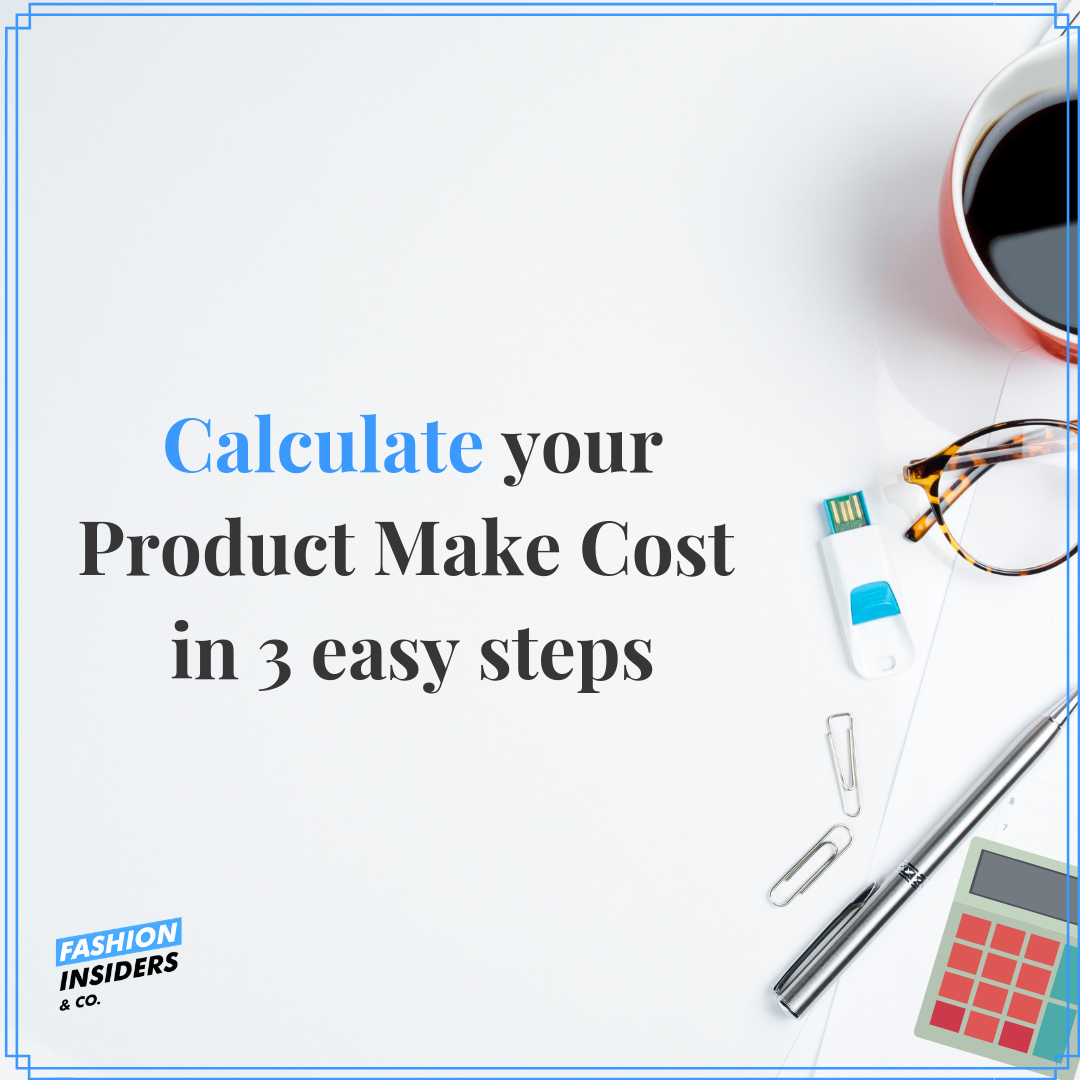Whether you are new to the industry or seasoned professional, embarking on product fashion sampling is one of the most exciting and satisfying parts of the design process.
Bringing your ideas to life in the form of a tangible product is the icing on the cake after months of designing, fabric sourcing and pattern cutting.
Not to mention the endless factory visits to find the right fashion manufacturer, trustworthy enough to actually produce your samples.
Many start-up designers underestimate the number of samples it takes until you end up with a product sample that is “perfect”.
They also wrongly assume that one sample of each design will be sufficient to show to a customer or buyer. Lack of industry experience often allows them to neglect to consider what happens if you need to source additional factories for your actual production, if your sales agents have appointments simultaneously or if you get multiple press requests for a specific design?
This article will provide you with easy-to-understand tips on Fashion Sampling.
FASHION SAMPLING OVERVIEW
The three phases of product fashion sampling are Design, Sales and Production.
Design-related samples are to model design ideas and, ideally, finalize the pattern for production. These are used by the designer and pattern cutter.
Sales-related samples are used to win orders from buyers.
The Production samples are intended to test consistency in production and will be made by the factory prior to production.
If one was to do things properly and budget is not an issue, then surprisingly (or not to some) the total number of samples required will be in the range of 12 different types of samples.
Fortunately, not all of them are essential, but the production of them is dependent on your operation.
For example, if you’re managing your own product development and have samples made from your pattern, your Fit Sample is the same as the Prototype Sample and would be fitted during the design phase.
However, if you’re outsourcing to a fully factored factory, Fit Sampling might happen just before the production.
If you manage things well, the different sample types can serve multiple purposes.
For example, your Prototype Sample is ideally a Fit Sample and a Pre-production Sample and maybe even a Photo Sample.
The following should shed some light on these essential processes of fashion sampling employed within the industry.
For a cost-effective alternative, your finalized prototype could also be designated as your pre-production sample.
DESIGN SAMPLING
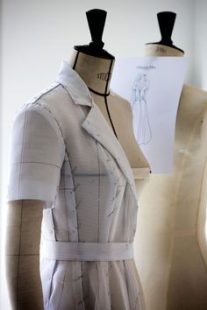 Prior to sampling, your pattern cutter will toile your garments in order to visualize them in three-dimensional form.
Prior to sampling, your pattern cutter will toile your garments in order to visualize them in three-dimensional form.
A toile/mock-up/prototype is a practice garment, which is usually made in a medium-weight cotton calico for tailored, more structured garments, cotton jersey for stretch garments, a thinner cotton calico for bias-cut pieces or felted material when used for handbag sampling.
This initial sample will be very basic and it won’t include pockets or trims. Instead, these items can be drawn onto the blank canvas for placement references.
If any adjustments are made on the toile, they later will be transferred to the paper pattern. Another toile will then need to be made to ensure that the pattern is perfect before it’s finalised.
This effort will ensure that the first sample will not have to be re-made.
The Fit Sample, also known as the First Sample, Development Sample or Design Sample, is made from the pattern that was used to create the toile. It’s essential that it’s made in your final fabric, otherwise, the hang of the garment will be wrong.
It’s usually devoid of trimmings and is intended to test the designer’s concept and to get the correct design, fabrication and fit.
If this sample works out as planned and doesn’t require any corrections, it can be signed off for approval and will become the Prototype Sample.
The Prototype Sample is the result of previous iterations, the version that meets the designer’s test for execution. The fit should also be as expected so it would also be a Fit Sample for companies that use a separate factory.
Ideally, a Prototype Sample can also serve as a Pre-production sample, as described below.
If you sew your samples in-house, the prototype should also be used for costing and will become the Pre-production sample.
The Pre-production sample, also known as the Costing Sample or Sew-by Sample, reflects all of the desired construction details and is used to solicit Contract Sewing Bids (CMT) or in other words, it is used as a template for what production must be like.
Contractors use this sample to create a Costing or Pre-Production Sample. Particular care should be taken in approving a sample as a Pre-production because the final production quote will be based on this sample.
If your production is taking place in-house, the Prototype Sample should be the Pre-production sample for in-house use to make Sales Samples.
It is in sales sampling that the pattern is proven and final costs verified.
Used by factories, this sample reflects all of the construction information needed to produce the style. Factories use this sample to re-confirm the production costs. Any changes to the design after a factory has reviewed a pre-production sample could mean going through the quoting process again. For a cost-effective alternative, your finalized prototype could also be designated as your pre-production sample.
Giving a factory a sample that is not correct will very often result in your whole production looking exactly like that sample.
If you intend to shoot flat-lays, you may need to cut the smaller size because it’s hard to get close enough to fit larger size garment attributes in the photo frame.
PRODUCTION FASHION SAMPLING
Pre-Production Sample
This sampling stage is to prove the pattern and test cost-effectiveness and consistency in production, whether it is done in-house or outsourced to a contractor. If the Counter Sample is approved, it would become the Production sample. Ideally, Pre-Production Samples (Salesman’s Samples) are used to pre-sell the product.
Production Sample
This is the final approved version of a style produced by whoever is doing production. Often a production test run is done and the output is gauged for quality. The samples are ideally used for marketing, promotion, pre-sales and perhaps trunk sales. The number of units produced will vary from one to a percentage of the intended production lot size. This can be very expensive if the run includes all colour-ways and sizes.
A Size Run Sample is produced in a style in all the intended sizes. Ideally, your designs are sized early on in product development to target your customer profile. This may not be possible if your silhouettes vary greatly between styles, meaning you will need to test all the sizes of your various styles. This sampling run is usually done to test and verify the various sizes a brand offers and ensure no mistakes were made out or overlooked.
A Top of Production sample is simply a sample that is used from the first production run.
This set of samples is taken off the line during your first production order. The number of ToPs you receive is typically a percentage of the full production order in each variation, but this can get expensive. One way to save costs would be to keep your ToP percentage very low. For small orders, one or two garments per variation should be sufficient.
SALES SAMPLING
The Sales Sample is a version of your design that includes all brand-approved fabric and trims. This is the version that you would show to buyers when presenting your collection. This also gives you the chance to test out trim and fabric combinations. This sample is sewn by your factory in order to prove the production costs along with the quality of assembly. You can then use this sample for marketing and presentation to buyers.
Photo Sample
These samples are made in smaller sizes for editorial and marketing photo shoots. This may not be necessary if you can pin a garment strategically on the model. If you intend to shoot flat-lays however, you may need to cut the smaller size because it’s hard to get close enough to fit larger size garment attributes in the photo frame.
Show Sample
These are intended for showrooms (but not exclusively) that market directly to fashion editors. You may need to have Photo Samples as above and for the same reasons.
Ship Sample
This is a sample that reflects what buyers will receive down to QC, folding, tagging, bagging, pre-packs (if applicable), labelling and final packaging included.
Don’t let the heady mix of fashion sampling process put you off. As a start-up, it’s unlikely that you will need all of them initially.
As long as your pattern-cutting and toiles are executed correctly, you fit the garments at all stages, and you make any amendments to patterns and subsequent samples, you should manage things with the minimum fashion sampling requirement.
